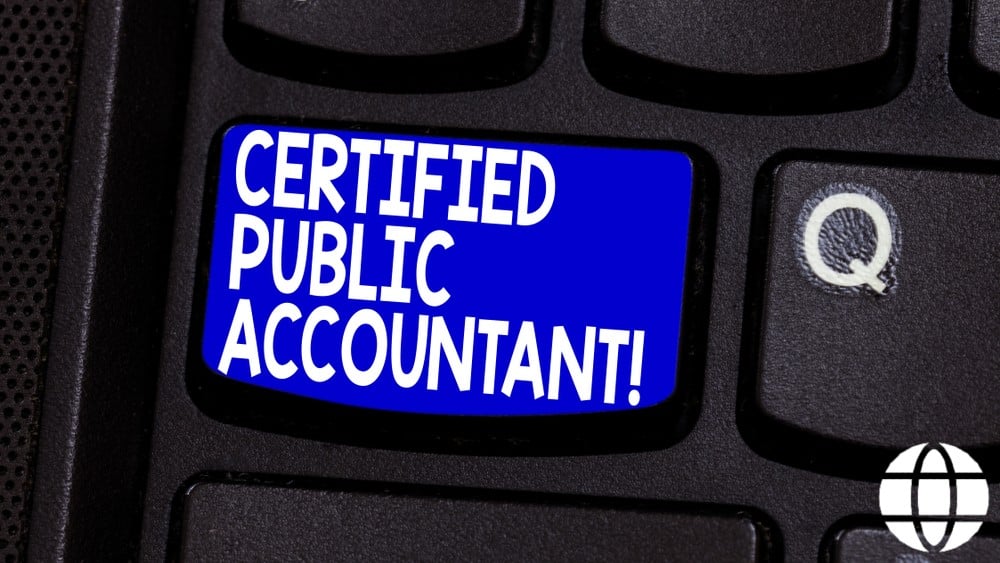Welcome to another informative article on the Certified Public Accountant examination.
This article will expose you to the structure (four sections) of the CPA certification examination, how the sections are scored, the minimum score required to pass each section, and more.
In this article, we shall talk about:
Let’s delve right into it!
Facts About the CPA Exam
The Uniform CPA examination contains four sections, each worth up to 100 points.
To complete this test, you will need to accumulate at least 75 points in each exam section to pass it and become a certified CPA (Certified Public Accountant).
The CPA exam consists of four sections, namely: Audit and Attestation (AUD), Business Environment and Concepts (BEC), Financial Accounting and Reporting (FAR), and Regulation (REG).
Each of these sections contains multiple testlets, short exams containing several questions based on one specific topic or subtopic in that section.
Testlets range from 1-4 questions and must be completed within 50 minutes for AUD and REG to 60 minutes for BEC and FAR.
Depending on your profession and education level, you may only need to take 3-5 testlets in your chosen section to reach an overall passing score of 75 points.
Also, note that just because your scores are not as high as desired does not mean that you can’t still apply for licensure; your state may have lower standards for passing its particular portion of the examination.
The exam structure – Exam sections
The FAR (Financial Accounting and Reporting), AUD (Auditing and Attestation), and REG (Regulation) Exams are all set out in the same way. Fifty percent of the questions on these three tests are multiple-choice, and 50 percent are task-based simulations.
The Multiple Choice Questions (MCQs) are divided into two testlets: AUD has 36 questions per testlet, FAR has 33 questions per testlet, and REG has 38 questions per testlet.
Following the MCQ component of the exam, there are three testlets of 2, 3, and then three Task-Based Simulations (TBS) for AUD, FAR, and REG, for a total of eight TBSs per exam segment.
Multiple Choice Questions make up half of the Business Environment & Concepts (BEC) exam.
Like the previous three sections, the MCQs are divided into two testlets, each with 31 questions.
Following the MCQ component of the exam, there are two testlets with two Task-Based Simulations, each for four TBSs.
Finally, the final testlet has three Written Communication questions, one pre-tested, that require a written response in memo format.
CPA Exam Contents and Scoring
The Auditing and Attestation (AUD) exam module consists of:
- 15-25% Ethics, general principles, and professional responsibilities.
- 20-30% Assessing Risk and Developing Planned Responses
- 30-40% Performing Further Procedures and Obtaining Evidence
- 15-25% Forming Conclusions and Reporting
The Business Environments and Concepts (BEC) section includes:
- 17-27% Corporate Governance
- 11-21% Financial Management
- 15-25% Information Technology
- 15-25% Operations Management
The Financial Accounting and Reporting (FAR) has:
- 25-35% Conceptual Framework, Standard-Setting, and Financial Reporting
- 30-40% Select Financial Statement Accounts
- 20-30% Select Transactions
- 5-15% State and Local Governments
The Regulation (REG) section contains:
- 55%-85% Federal Taxation
- 10-20% Business Law
- 10-20% Ethics, Professional Responsibilities, and Federal Tax Procedures
Each CPA Exam module requires a minimum score of 75 to pass.
In the AUD, FAR, and REG segments, your total score is a weighted average of points assigned from multiple-choice questions (MCQs) and task-based simulations (TBSs).
Your final score for the BEC portion is a weighted average of your points assigned for the MCQs, TBSs, and written communication tasks.
The duration of each exam section
Each CPA exam section is four hours long, with a total testing time of 16 hours. Candidates will be provided a standardized 15-minute break around halfway through each segment, which they can take or decline.
This break is not deducted from your testing time. Optional pauses between testlets, which count against applicants’ testing time, are available in addition to the conventional break.
If an examinee finishes an entire section early and has no remaining untimed tests, the remaining hours on their proctor’s stamp will be counted as testing time.
For example, suppose an examinee completes all three exams a day before the end of their proctor’s stamp. In that case, those hours will automatically count as additional exam time for each exam passed.
You can view your unofficial score report as soon as you complete your exam! Scores are valid for 18 months if you still have exam sections to pass.
However, once you have completed all four sections, your score is perpetually valid.
The minimum score required to pass each section
Passing a section of the CPA Exam requires a minimum score of 75.
Have you ever wondered how the AICPA calculates your CPA Exam section scores?
The results are given on a scale ranging from 0 to 99.
The AICPA has given the Elijah Watt Sells Award to high-performing applicants for remarkable performance on the CPA Exam since 1923.
The prize is named for one of the country’s earliest CPAs, who played a vital role in forming the AICPA.
A CPA candidate must have a cumulative average score of 95.50 on all four sections of the CPA Exam to be eligible for the prize.
In addition, the awardee must have completed the Exam on the first attempt in all four sections.
Conclusion
The CPA exam is meticulously and painstakingly carried out.
A lot of time and attention goes into making sure the exam questions are well-prepared and assessed.
Due to its structure, it may take more than a year to complete all four examination sections, but even if you do not pass, you can still try again.
Make sure you stay positive throughout your preparation process and realize that studying for any complex undertaking will take time and effort.
However, if you follow various tips regarding preparing mentally, physically, and emotionally, you will be ready to tackle any challenge on test day.
Additionally, don’t forget about the CPA review courses and AICPA practice exams, where you can take hundreds of practice questions from each section so that you can see what types of material to expect on test day.
The CPA Exam Booklet from the American Institute of Certified Public Accountants (AICPA) and the Candidate Bulletin of the National Association of State Boards of Accountancy (NASBA) can provide you with helpful material to assist you on your CPA journey.
Don’t forget to get familiar with the CPA Exam Blueprints and the CPA Exam Sample Tests.
These resources will greatly help you prepare for the exam.









